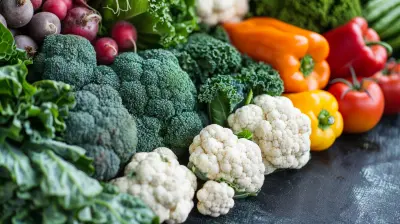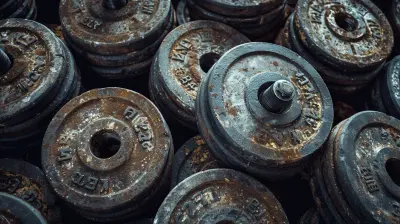Debunking Myths: Can You Get All Nutrients from a Vegan Diet?
29 June 2025
Thinking about switching to a vegan diet, but worried you won’t get enough nutrients? Or maybe you’ve heard people say things like “You can’t get protein without eating meat,” or “Vegans are always deficient in B12.” Sound familiar?
Well, let’s set the record straight.
A vegan diet—when done right—can absolutely meet all your nutritional needs. But, like any diet, it takes a bit of planning. Just going vegan and eating fries and Oreos all day won’t do the trick. So let’s roll up our sleeves, bust those myths wide open, and get to the bottom of whether you can get all your nutrients from a vegan diet.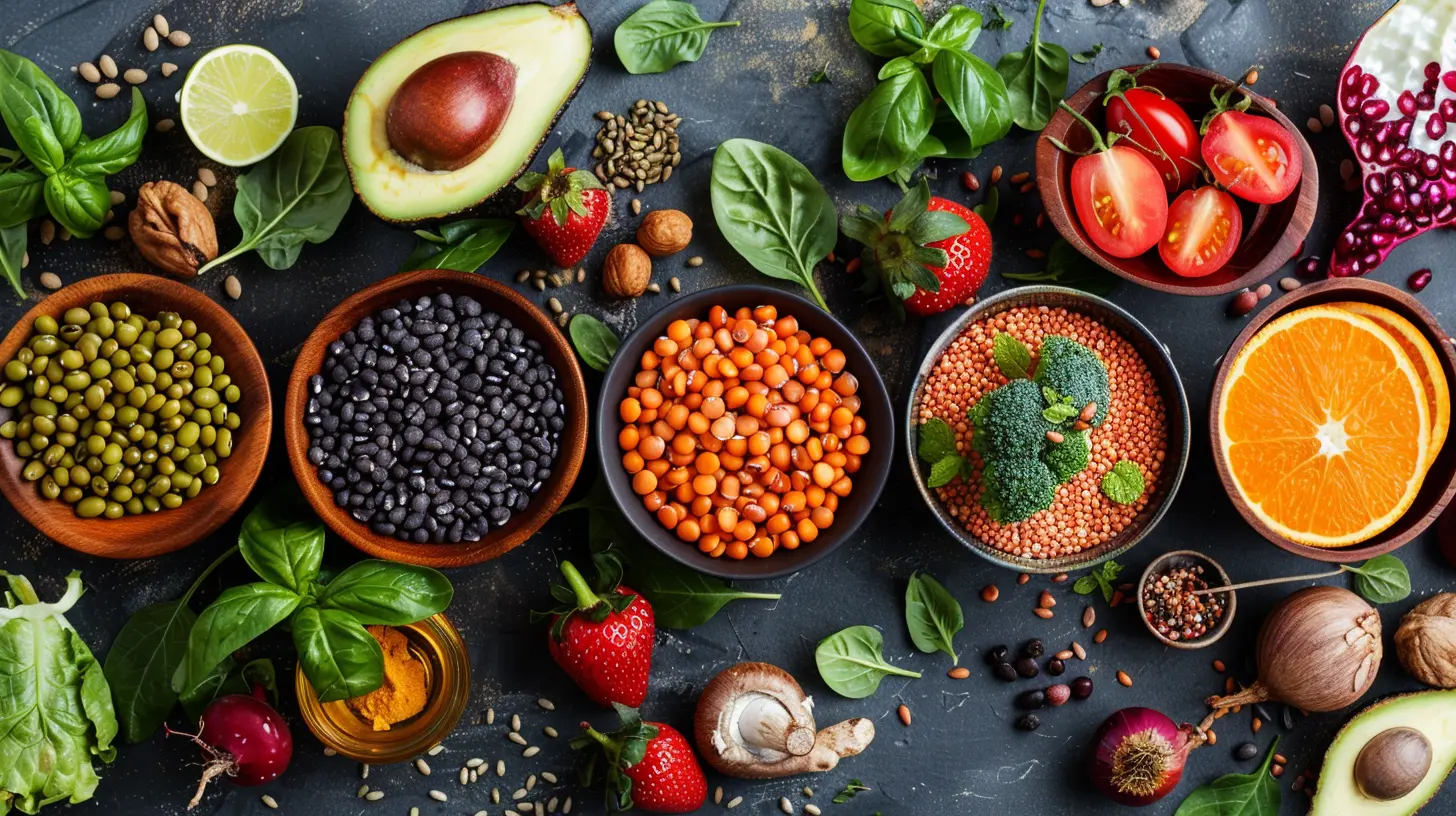
What Is a Vegan Diet, Really?
A vegan diet means avoiding all animal-derived products—meat, dairy, eggs, even honey. People choose it for different reasons: health, ethics, the environment, or all three.Instead, vegans focus on whole plant-based foods such as:
- Fruits and vegetables
- Legumes (like beans and lentils)
- Whole grains
- Nuts and seeds
- Plant-based dairy alternatives
Sounds simple, right? But here's the million-dollar question...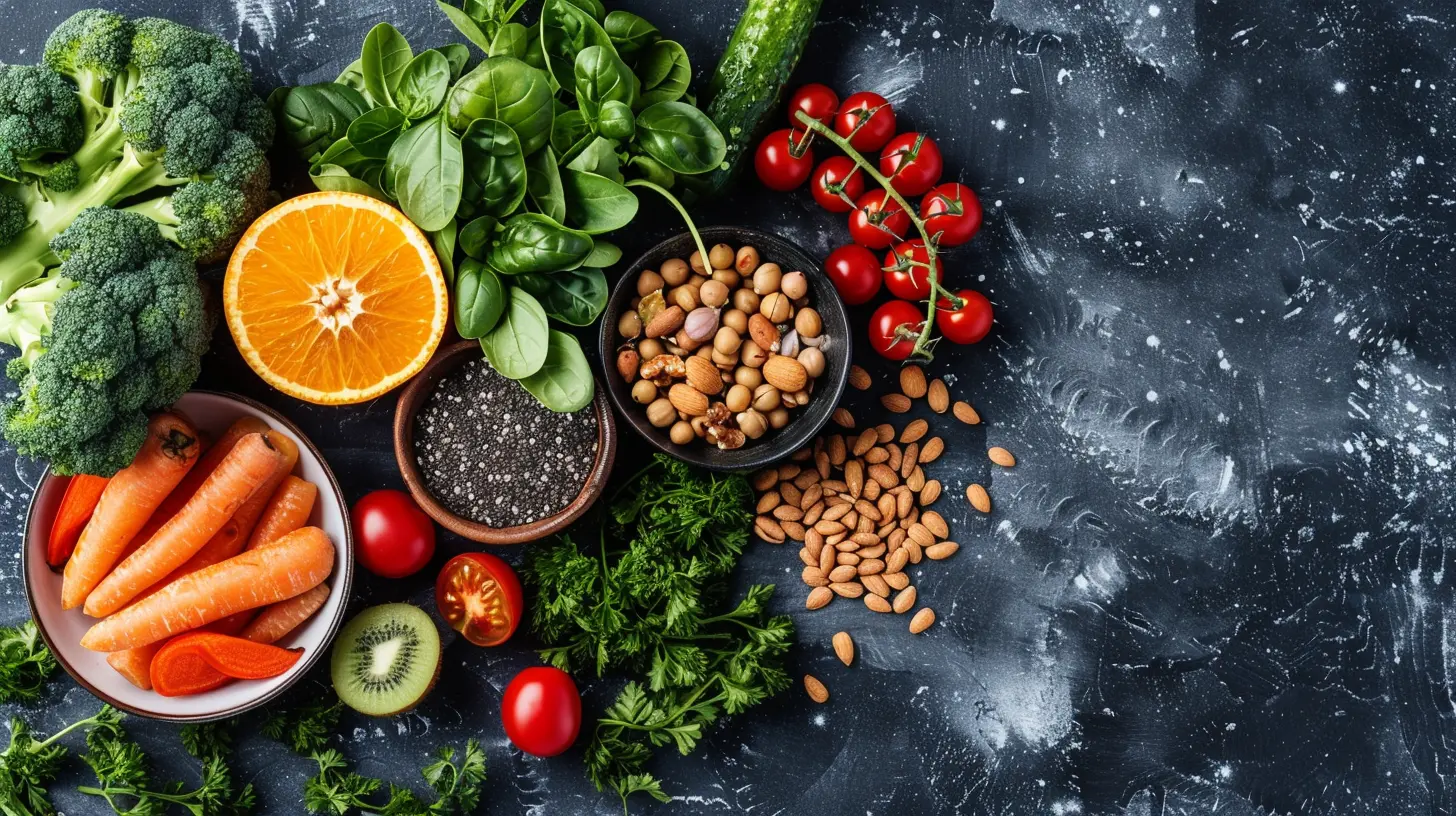
Can a Vegan Diet Provide All Essential Nutrients?
Short answer? Yes—but with a caveat.A well-balanced vegan meal plan can check all the boxes for macro and micronutrients. But it isn’t about just cutting out animal products. It’s about replacing them smartly with nutrient-dense plant-based alternatives.
Let’s break down some of the most common concerns people have.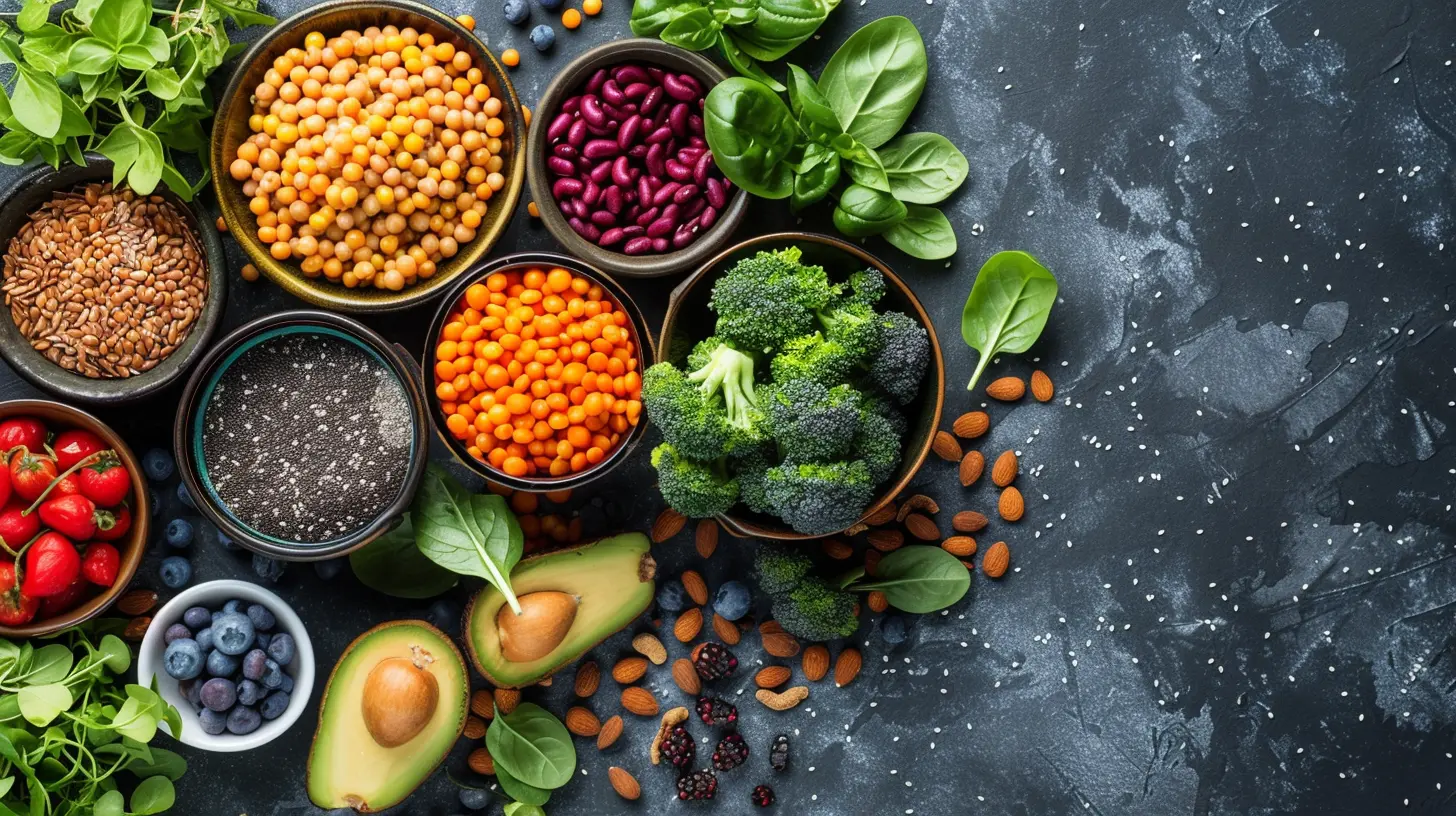
Myth #1: Vegans Don't Get Enough Protein
Ah, protein—the king of nutrients for gym bros and health nuts alike.But here’s the thing: Protein is not exclusive to meat. In fact, nearly all whole foods contain at least some protein.
Great Plant-Based Protein Sources:
- Lentils- Chickpeas
- Tofu & Tempeh
- Black beans
- Quinoa
- Edamame
- Peanut butter (yes, really)
- Nuts and seeds
The key is eating a variety of them. As long as you hit your daily calorie needs and include a mix of plant proteins, you're golden.
Pro Tip: You don’t need to "combine" proteins at every meal to get complete amino acids. Your body is smarter than you think and stores amino acids to use later.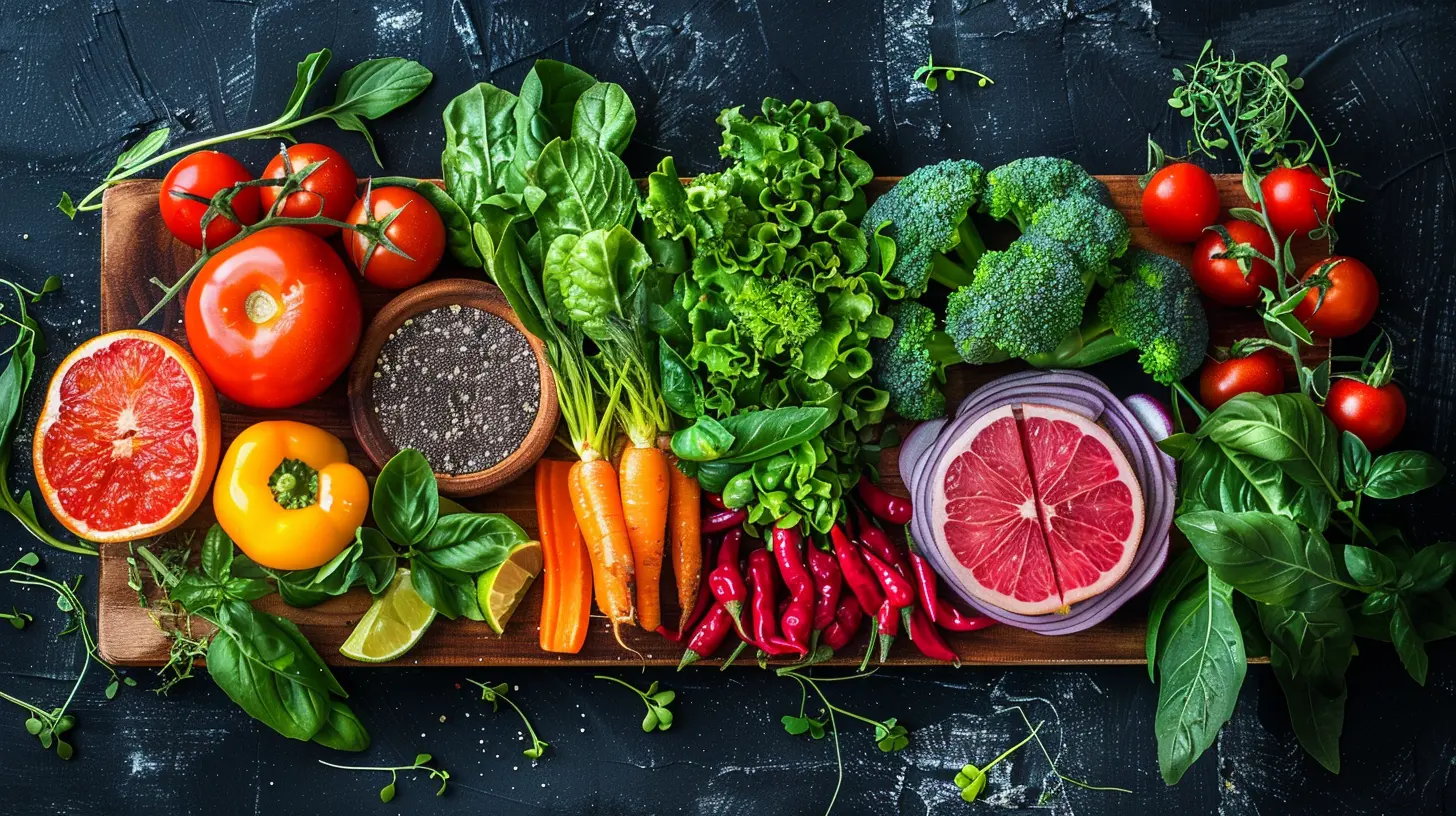
Myth #2: Vegans Can’t Get Vitamin B12
Alright, this one has some truth to it—so let’s not sugarcoat it.Vitamin B12 doesn’t naturally occur in plants, and it’s absolutely essential for nerve function, DNA production, and red blood cell formation.
But here’s where people get it wrong. You can get B12 on a vegan diet. You just have to be intentional.
How Vegans Get B12:
- Fortified foods: Nutritional yeast, plant-based milks, breakfast cereals- B12 supplements: Affordable, easy to find, and super effective
So, yes, you’ll probably need a supplement. But honestly, many omnivores are low in B12 too—it’s not just a vegan concern. Better safe than sorry.
Myth #3: You’ll Be Iron Deficient Without Red Meat
Yep, iron’s another big one that raises eyebrows.It’s true that red meat contains heme iron, which is more easily absorbed by the body. But non-heme iron (the type found in plants) can still do the job—with a little help.
Plant-Based Iron Sources:
- Lentils- Spinach
- Pumpkin seeds
- Tofu
- Quinoa
- Fortified cereals
Pro Tip: Pair iron-rich foods with vitamin C (like citrus fruits or bell peppers) to boost absorption naturally. A squeeze of lemon on your salad? Boom—more iron for you.
Myth #4: Calcium Only Comes from Dairy
Remember those “Got Milk?” ads? They’ve stuck with a whole generation—but milk isn’t the only way to build strong bones.Non-Dairy Calcium Powerhouses:
- Fortified plant milks (almond, soy, oat)- Leafy greens (kale, bok choy)
- Broccoli
- Tofu (especially if made with calcium sulfate)
- Almonds
- Figs
Plus, your bones aren’t just about calcium. You need vitamin D, magnesium, and weight-bearing exercise to keep them solid.
So maybe the new slogan should be “Got kale?”
Myth #5: Vegans Lack Omega-3 Fats
Omega-3s are important for brain health, heart health, and reducing inflammation. And yes—fish is a great source. But it's not the only one.Vegan Omega-3 Options:
- Flaxseeds (ground is best)- Chia seeds
- Hemp seeds
- Walnuts
- Algae oil (fun fact: fish get their omega-3s from algae, so you’re going to the source)
Aim to include a mix of these in your weekly meals, and you’re covered.
Myth #6: Vegan Diets Are Missing “Complete” Proteins
You’ve probably heard that plant proteins are “incomplete.” Sounds scary, but it’s just outdated info.Yes, animal proteins have all nine essential amino acids. But so do some plants, like quinoa, soy, and buckwheat.
Even if a plant is “low” in a particular amino acid, it gets balanced out across meals. Your body isn’t checking for amino acid profiles in every bite. It takes the long view.
So let’s drop the “complete/incomplete” drama—it’s a non-issue for most healthy eaters.
Myth #7: A Vegan Diet Isn’t Enough for Kids or Athletes
Now this one really gets people riled up. Can kids grow properly on a vegan diet? Can athletes build muscle and perform at high levels?Absolutely.
In fact, many elite athletes are thriving on vegan diets—think Venus Williams, Novak Djokovic, and Lewis Hamilton.
For kids, you just need a little extra diligence. Make sure they’re getting enough calories (plant-based diets can be less energy-dense), protein, healthy fats, and key vitamins like B12 and D.
Work with a plant-savvy pediatrician or dietitian, and your little ones will be eating carrots and crushing milestones.
Myth #8: Vegan Meals Are Automatically Healthy
Let’s be honest—vegan donuts and plant-based burgers are delicious, but eating them every day won’t magically make you healthier.Going vegan doesn’t automatically mean you’re eating well. You still need a balance of whole, minimally processed foods. Think fiber, whole grains, legumes, and plenty of colorful veggies.
It’s all about quality over label. A vegan junk food diet won’t cut it.
Tips to Stay Nutrient-Savvy on a Vegan Diet
If you're going to do veganism right, here's how to make it work:✅ Eat the rainbow – Variety is your best friend
✅ Don’t fear carbs – Whole grains are packed with goodies
✅ Use fortified foods smartly – Great for B12, calcium, and vitamin D
✅ Supplement where needed – Especially for B12 and sometimes D
✅ Plan ahead – Don’t wait until you’re starving to think about protein
✅ Check in with a dietitian – Just like any diet, guidance helps
So, Can You Thrive on a Vegan Diet?
You bet you can. A thoughtfully planned vegan diet can provide everything you need—and then some.Sure, it takes a bit more mindfulness. But once you get the hang of it, it becomes second nature.
Think of it like upgrading to a new operating system. There’s a learning curve, but once you're up and running, it’s smooth sailing.
So go ahead—eat those lentils, sprinkle those chia seeds, and take your B12 like a boss. You’ve got this.
Final Thoughts
Nutrition isn’t about one perfect food or one “right” diet. It’s about patterns, consistency, and giving your body what it needs.And if you choose to go vegan—for whatever reason—know that it’s entirely possible to meet all your nutrient needs. Myths be damned.
After all, cows get strong eating plants. So can you.
all images in this post were generated using AI tools
Category:
Vegan DietAuthor:

Laura Hudson
Discussion
rate this article
1 comments
Lila Duke
This article effectively debunks common myths about vegan diets, emphasizing that with proper planning and knowledge, one can indeed obtain all essential nutrients. A well-balanced vegan diet can support optimal health and well-being. Great insights!
July 11, 2025 at 5:01 PM

Laura Hudson
Thank you for your thoughtful comment! I'm glad you found the insights helpful in understanding the potential of a well-planned vegan diet.

